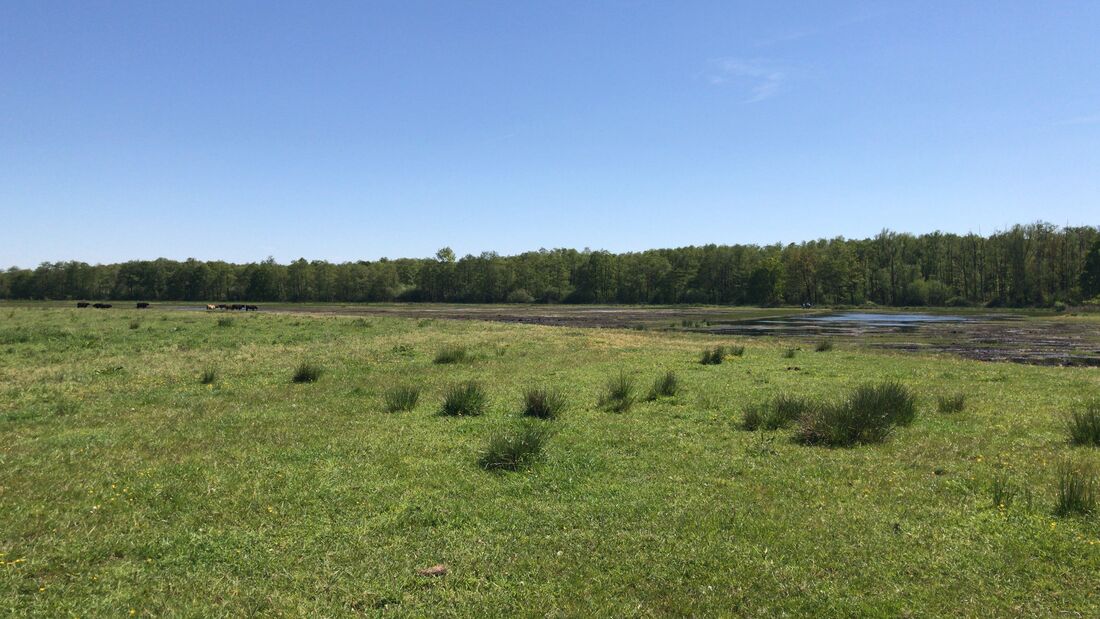The relationship between life and the water[land]scapes that affect it and are affected by it.
What are your undergraduate and graduate degrees in? I have a BSc in Biology, major in Cell Biology from the University of the Philippines; MSc in Applied Geosciences, major in Hydrogeology from the University of Pennsylvania under the late Prof. Fred Scatena; and, PhD in Environment and Sustainability, with a concentration in Watershed Hydrology from the University of Saskatchewan under Prof. Jeffrey J. McDonnell. My graduate degrees are easy to relate, one with another. My undergrad degree is, one might say, a bit too far off from the latter two. My undergrad thesis examined histopathological and weight gain effects of different rations of tapioca (starch from the storage roots of cassava) on mice. It involved a lot of optical microscopy work on different mice tissues that lasted for two years. Many years later, I was in Puerto Rico, Hawaii, Thailand, Singapore, Arizona, etc. collecting water samples for stable isotope analyses!
How did you arrive at working in/thinking about ecohydrology? During my master’s at Penn, I became interested in isotopic techniques, mostly light stable isotopes. My master’s adviser then suggested a book to me, Isotope Tracers in Catchment Hydrology, edited by Carol Kendall and Jeff McDonnell. And then, I came across this “catchy” title of a paper in the journal Nature, Streamside trees that do not use stream water by Todd Dawson and Jim Ehleringer. Because there was no stable isotopes course at Penn, I cross-enrolled at the University of Utah for two summers in their long-running and widely reputed short courses, IsoCamp, and its geospatial modeling sister, SPATIAL. The book, the paper, and the two courses sealed my interest in all things isotopes, vegetation, and at times, geospatial predilections. What then followed was a series of one luck after another. The greatest of which was when I was accepted to do a PhD in the vibrant lab of Prof. Jeff McDonnell at the University of Saskatchewan.
What do you see as an important emerging area of ecohydrology? Perhaps, there is a lot of potential for finding ecohydrologic patterns in seemingly disparate datasets [what some people may call emergent phenomena using ‘big data’], either to a degree that disrupts conventional thinking, or simply via a new way of looking at an old problem. I find it interesting though that while there is widespread recognition for the dichotomy between Darwinian and Newtonian approaches in hydrologic research, at times frustrations can be palpable when the former lacks the rigor of constitutive relations that are a characteristic of the latter. I am not sure which of the two is the ‘correct’ approach, assuming that one to the mutual exclusion of another exists. The intellectual debate and differing approaches to hydrologic research are like a spectator sport to me. I enjoy reading about them. On a personal level, I like treading laterally, usually by learning from other fields of science and seeing how their techniques can be applicable to ecohydrology.
Do you have a favorite ecohydrology paper? Describe/explain. Too many to mention. I try to learn as much as I can take away from every paper. The more pressing question to me is, how can our reading [hence, acquisition of new knowledge] keep up with the number of papers being published at any given time?
What do you do for fun (apart from ecohydrology)? I walk for miles and hours [when it’s not raining in sunny Netherlands!]. Yes, walking can be fun. And, I play the bass guitar when I find one.

 RSS Feed
RSS Feed